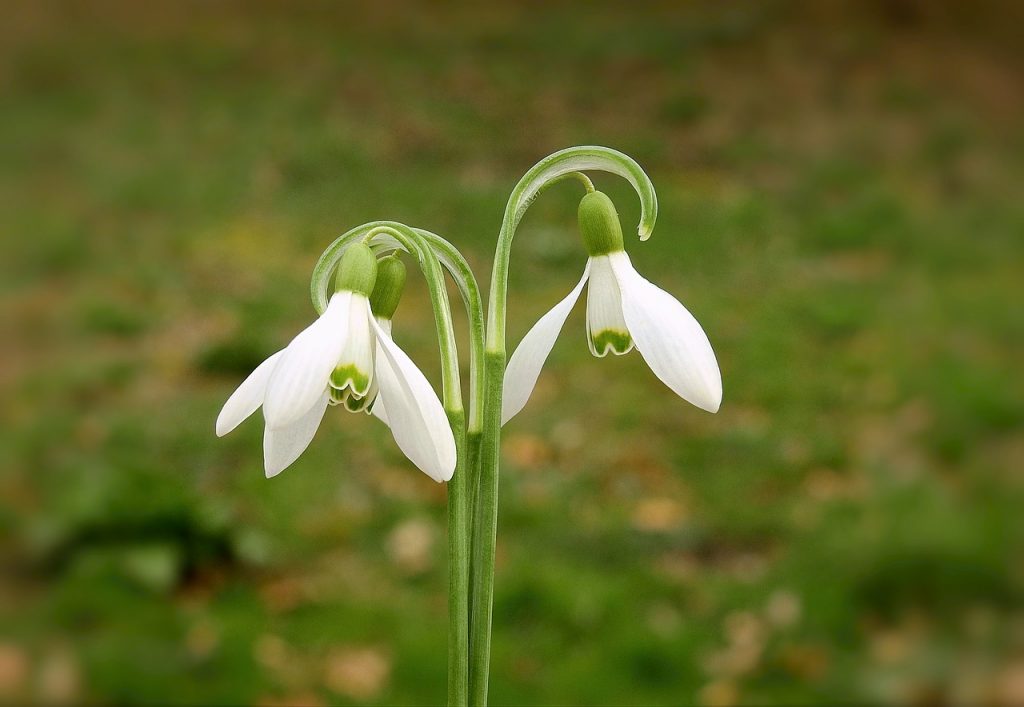
Find Out Your Birth Month Flowers & Their Meanings Here MORFLORA (2022)
January Birth Flowers: January, a month of new beginnings and renewal, is symbolized by two distinct flowers: the Carnation and the Snowdrop. The Carnation, with its ruffled petals and varied colors, represents love, admiration, and distinction. Each color carries a different meaning, from red for love to white for luck.

December Flower Of The Month Narcissus imágenes de la letra g en graffiti
January Birth Flower: Symbolism and Meaning of Carnations Advertisement January, the first month of the year, arrives with renewed hope, fresh starts, and resolutions! It may feel like a long bleak month in some climates but in others, it is the height of summer. It spans Capricorn and Aquarius.

January birth flower January birth flowers, Carnations, Birth flowers
10 Facts About Carnations. Although both carnations and snowdrops are birth flowers for January, carnations are the primary birth flower. Carnations are categorized into the genus Dianthus, which gets its name from the Ancient Greek dios, meaning god or divine, and anthos, meaning flower. The specific scientific name for carnations is Dianthus.
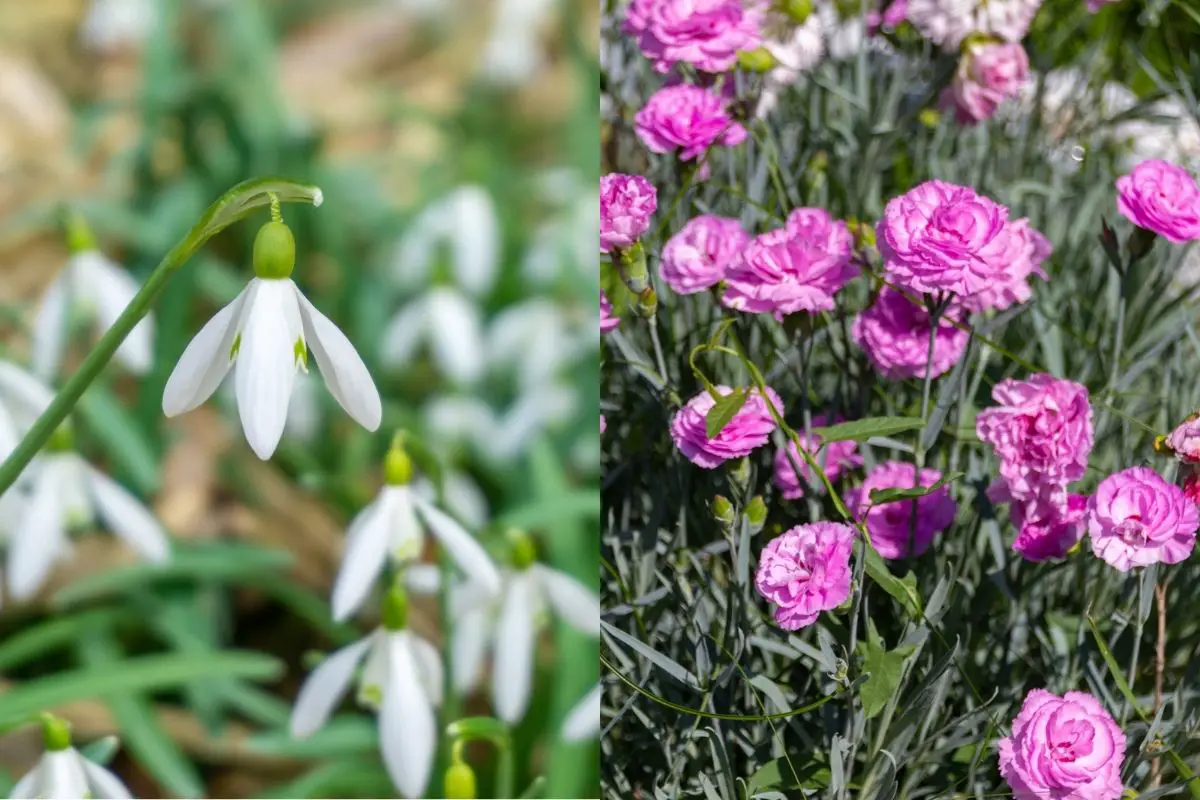
What Are January Birth flowers and Their Meanings? GrowingVale
January birth flowers: snowdrops and carnations Annaïck Guitteny Snowdrops are a joy when they burst through the ground and bloom at the harsh end of winter, lighting up the garden and signalling that spring is not far away. The genus name comes from the Greek gála (milk) and ánthos (flower), making the flower sacred to all mother goddesses.

The 25+ best January flower ideas on Pinterest Birth month stones, December flower and Zodiac
January's primary birth flower is the carnation, and the secondary flower is the snowdrop. Learn more about the January birth flowers! The pink carnation February ~ Violet & Primrose The February primary birth flower is the violet, and the secondary flower is the primrose. Learn more on the February birth flowers page! Primrose

Birth Flowers By Month Images Image to u
The February birth flowers are violet and iris. Because February is always associated with Valentine's Day it always surprises people when they find out that roses aren't actually the official birth flower of the month. But, when you consider the February birthstone is amethyst, you can see why violets are the birth month flower.
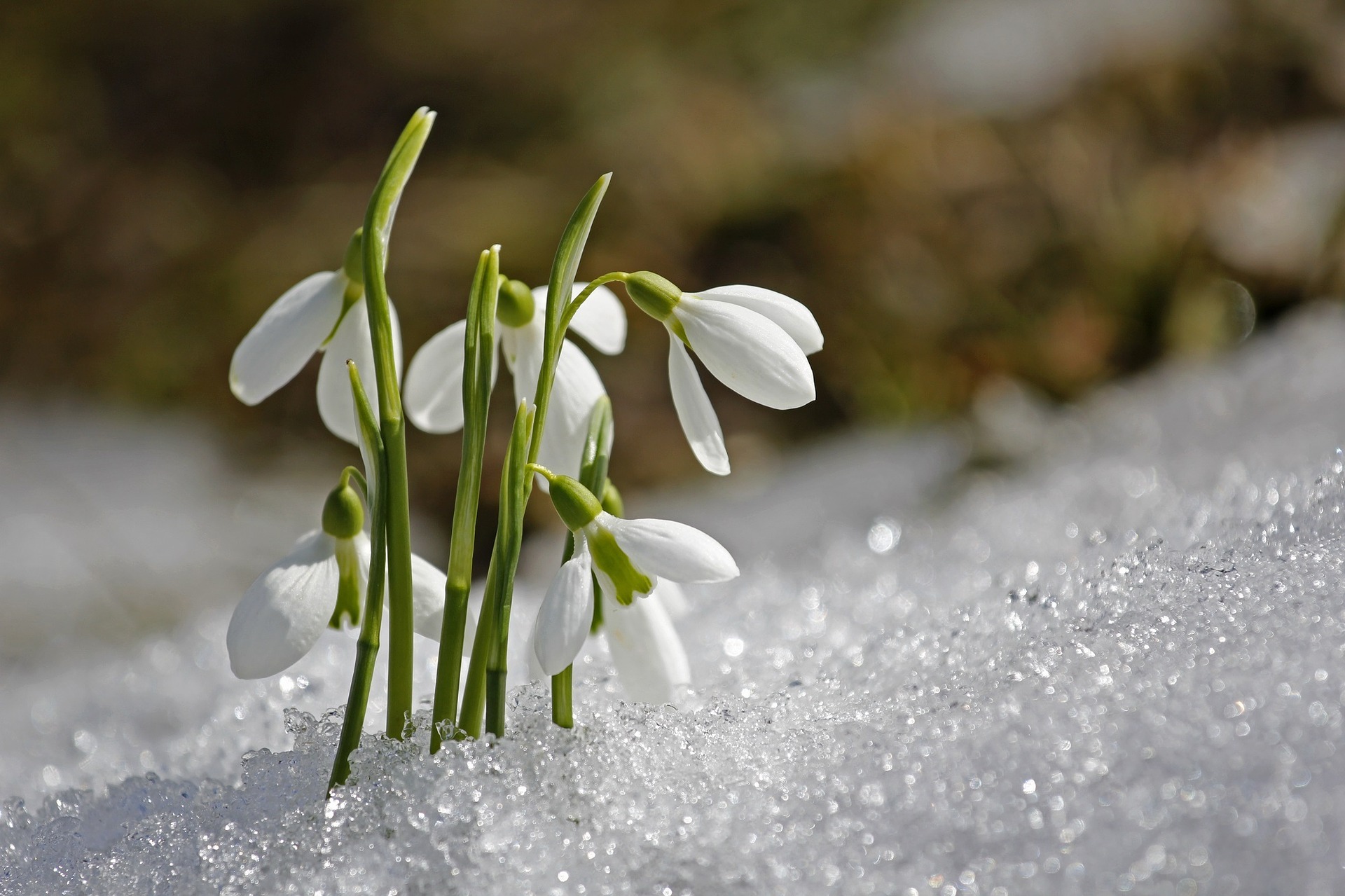
January Birth Flowers Carnation and Snowdrop What Do They Mean? The Old Farmer's Almanac
The traditional January's birth flowers are the colourful carnation and beautiful snowdrop. Find out these blooms say about January babies. What is January's Birth Flower? The charismatic carnation and delicate snowdrop are the perfect duo of birth flowers for the month of January.

Your Birth Month Flower and What It Means Bouqs Blog
The Carnation. January birth flower Carnation. Carnation is a small, multi-layered flower with a clove-like fragrance. Carnation flowers are gifted for the month of January Birthday. However, it is small in shape but is pretty strong to thrive in harsh conditions. The flower's scientific name is Dianthus caryophyllus, which means ' flower.

Pin by Heaven Claussen on January in 2021 Birth month flowers, January birth stone, Month flowers
1 January: Carnation Kicking off the year with an array of color—the carnation is one of those flowers that's often available in a rainbow of hues. January babies (like Ree Drummond) should choose carefully, though, since each one has its own meaning.
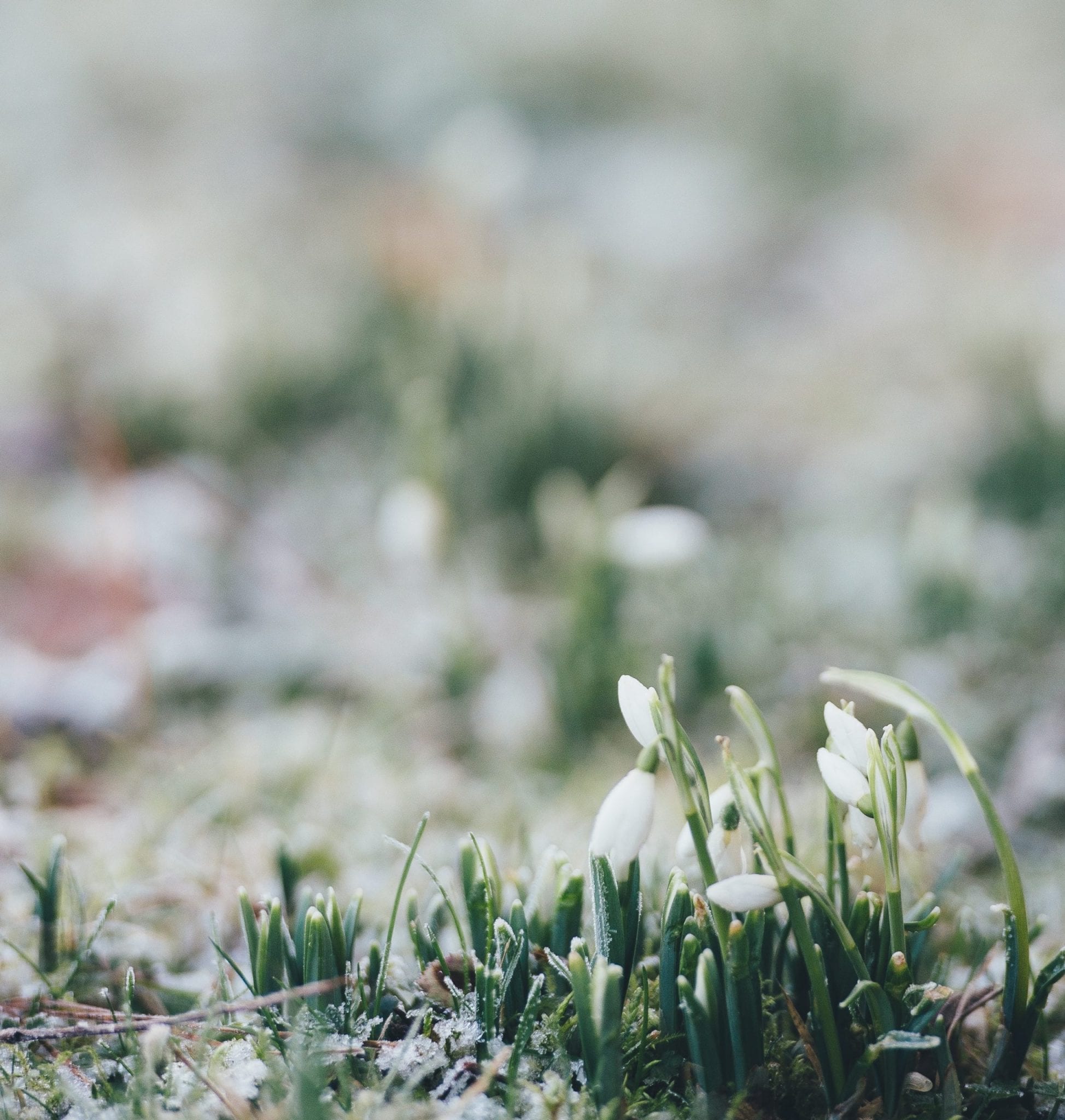
January Birth Flower and Meaning The Fabulous Times
January birth month flowers are Carnation & Snowdrop. These are sturdy way blooms that thrive in cold winter months. There are just a handful of flowers that bloom and survive in extremely cold weather, and carnation flower is one of them.

12 Birth Month Flowers & Their Meanings Blog Alpha Floral August Birth Month Flower, January
January Birth Flower Primary Birth Flower: Carnation Carnations, scientifically known as Dianthus caryophyllus, are well-liked and adaptable herbaceous perennials that are often grown as biennials or annuals.

January Birth Flowers January birth flowers, Birth flowers, Birth month flowers
January has two birth flowers—the carnation and the snowdrop. Carnations are one of the most common commercial flowers used in weddings, on corsages, and in mixed arrangements. Snowdrops are less likely to be in a bouquet, but you'll notice them around late winter and early spring as some of the first flowers to bloom. What do carnations symbolize?

January birth flower Carnations & Snowdrops Growing Family Birth flowers, January birth
The official January birth month flowers are carnations and snowdrops. The carnation is the primary flower, while the snowdrop is the secondary flower. Birth month flowers may have been chosen because their blooming season corresponded with particular months.

January birth flower Carnations & Snowdrops Growing Family
January birth flower: carnation and snowdrop February birth flower: violet and primrose March birth flower: daffodil and jonquil April birth flower: daisy and sweet pea May birth flower: lily of the valley and hawthorn June birth flower: rose and honeysuckle July birth flower: larkspur and water lily August birth flower: gladiolus and poppy
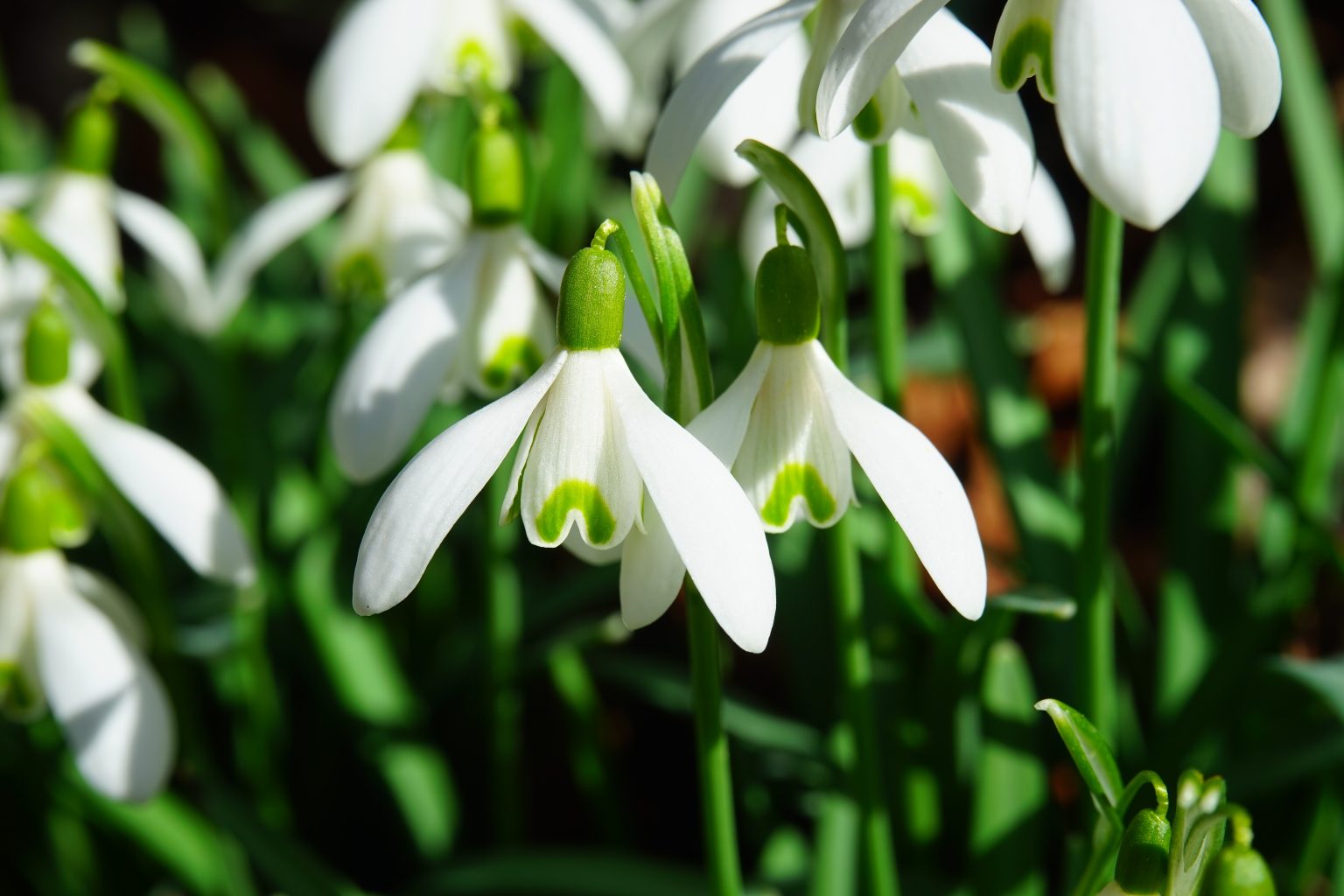
What are January's Birth Flowers? Two Official Birth Flowers for January
January Secondary Birth Flower: Snowdrop (Galanthus nivalis) Description: Snowdrops are small, early-blooming bulbous perennials with delicate, nodding white flowers. Growth habit: They grow in clumps, reaching heights of 3-6 inches. Flowers: The bell-shaped flowers have six tepals, with three outer ones being larger and three inner ones being.

Pin by GINGER on Цветы January flower, Birth month flowers, Month flowers
The carnation, a January birth flower, is a captivating bloom that has captured the hearts of many with its alluring beauty. Its scientific name, Dianthus caryophyllus, originates from the Greek words "dios" meaning divine and "anthos" meaning flower, translating to "heavenly flower."